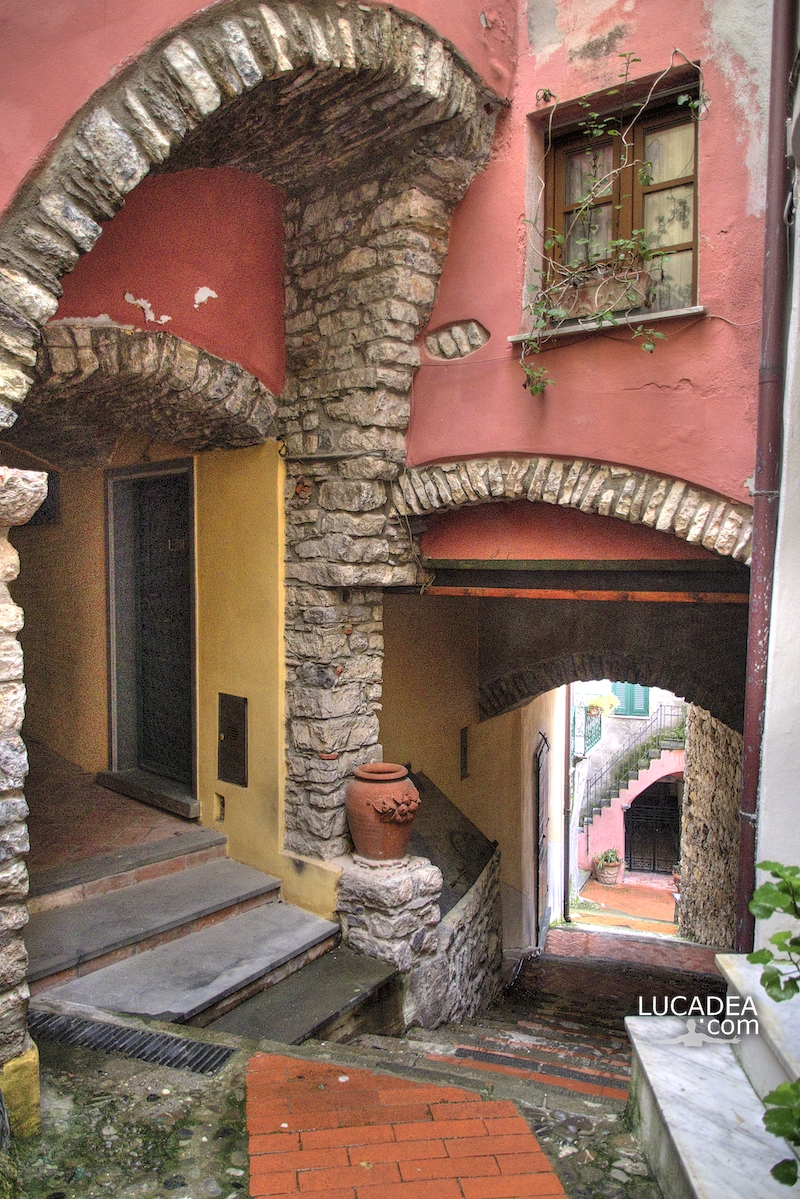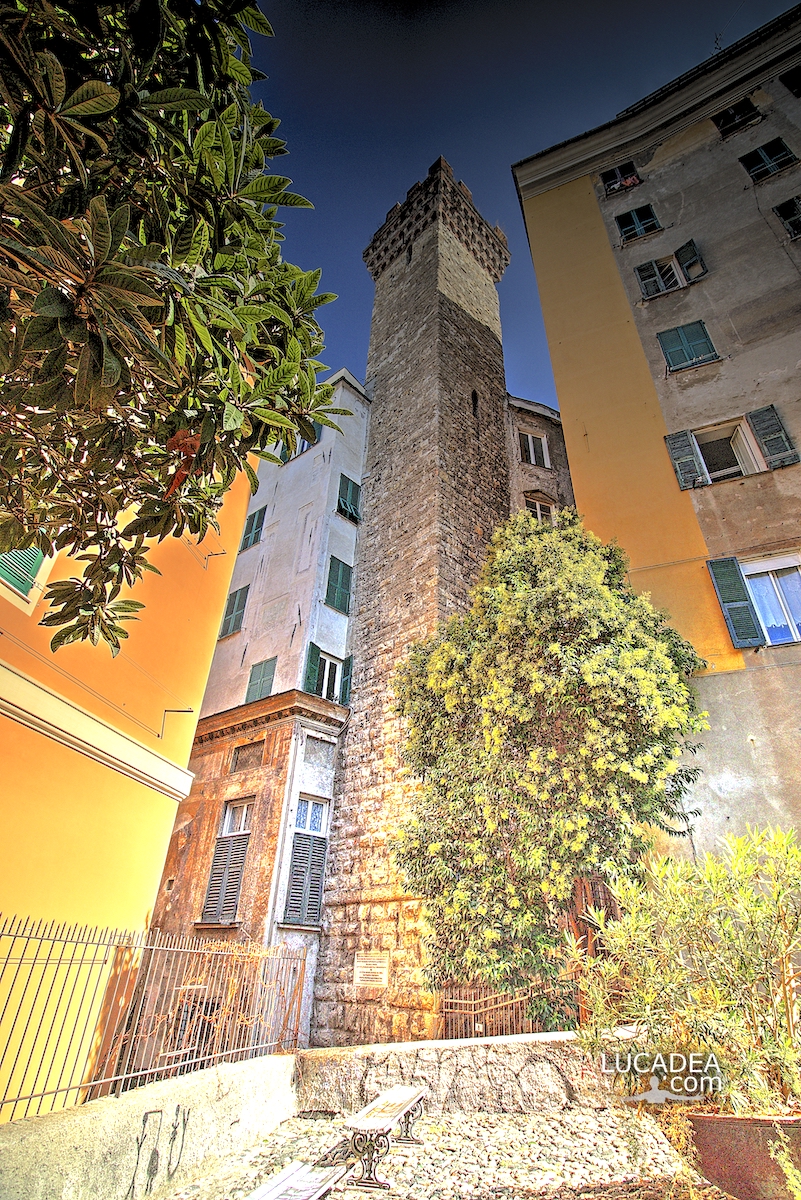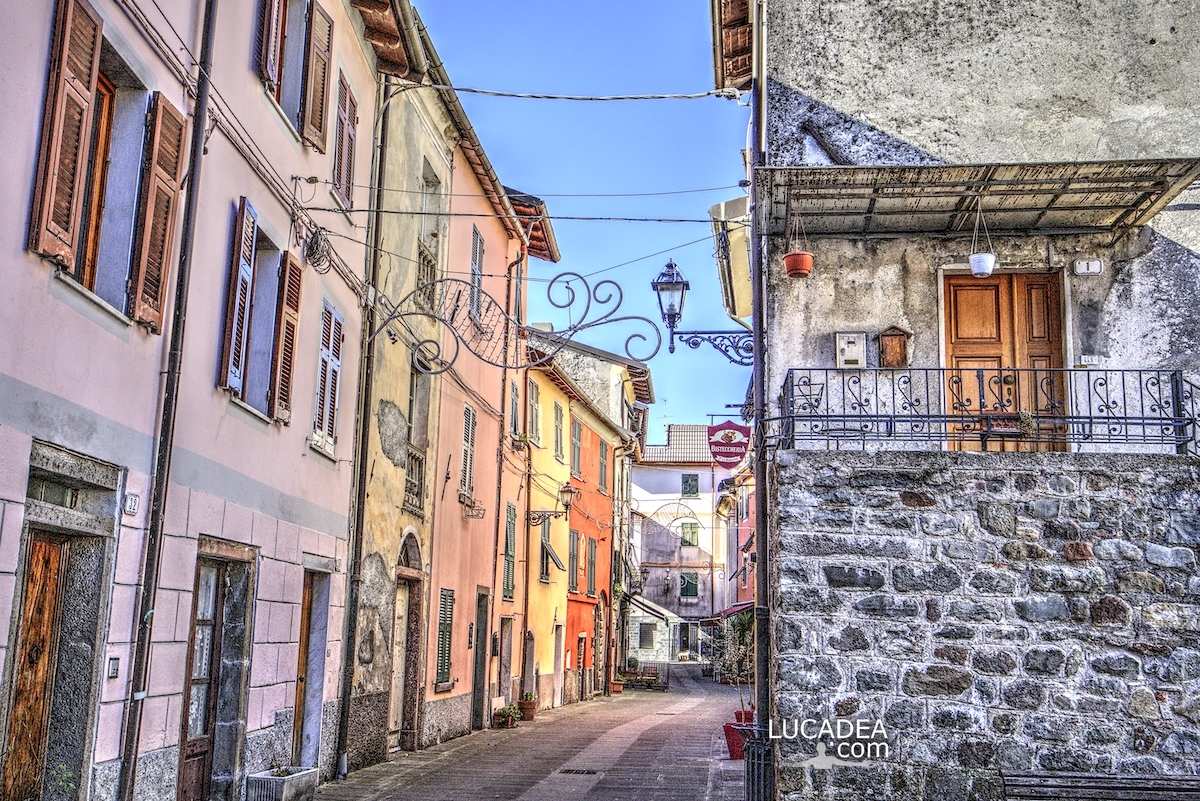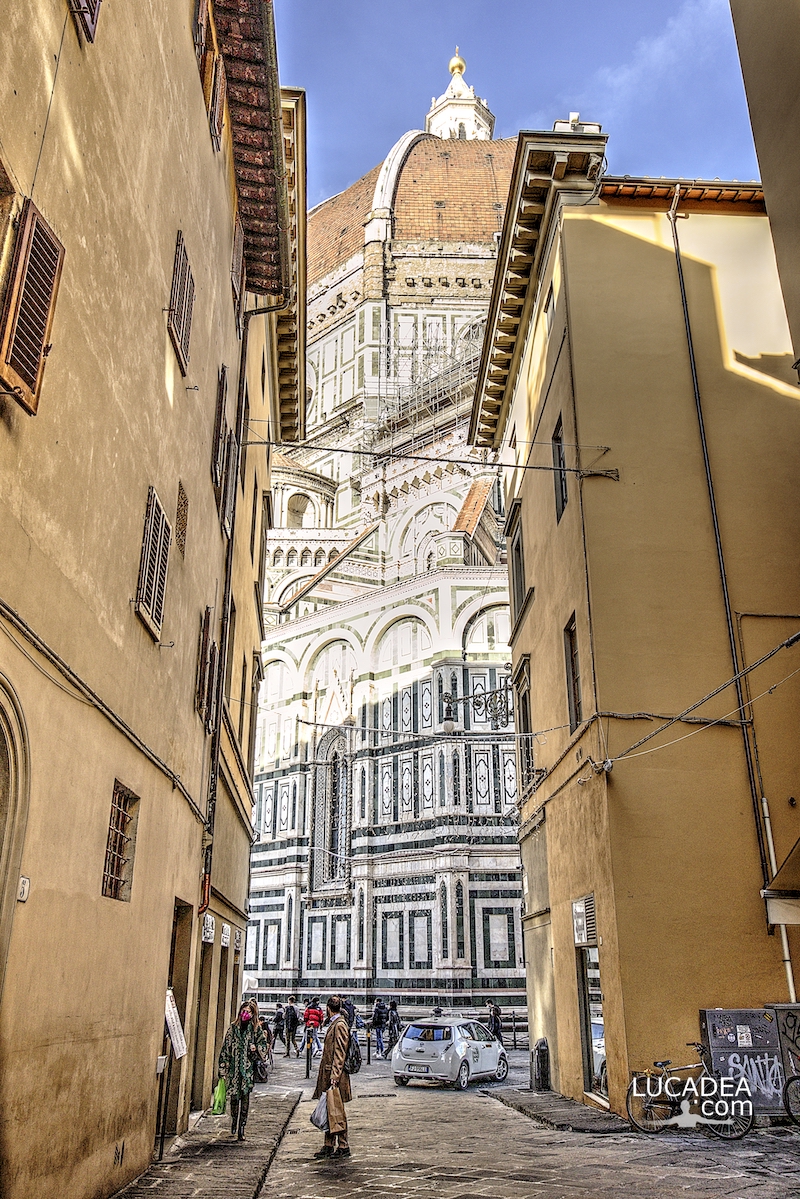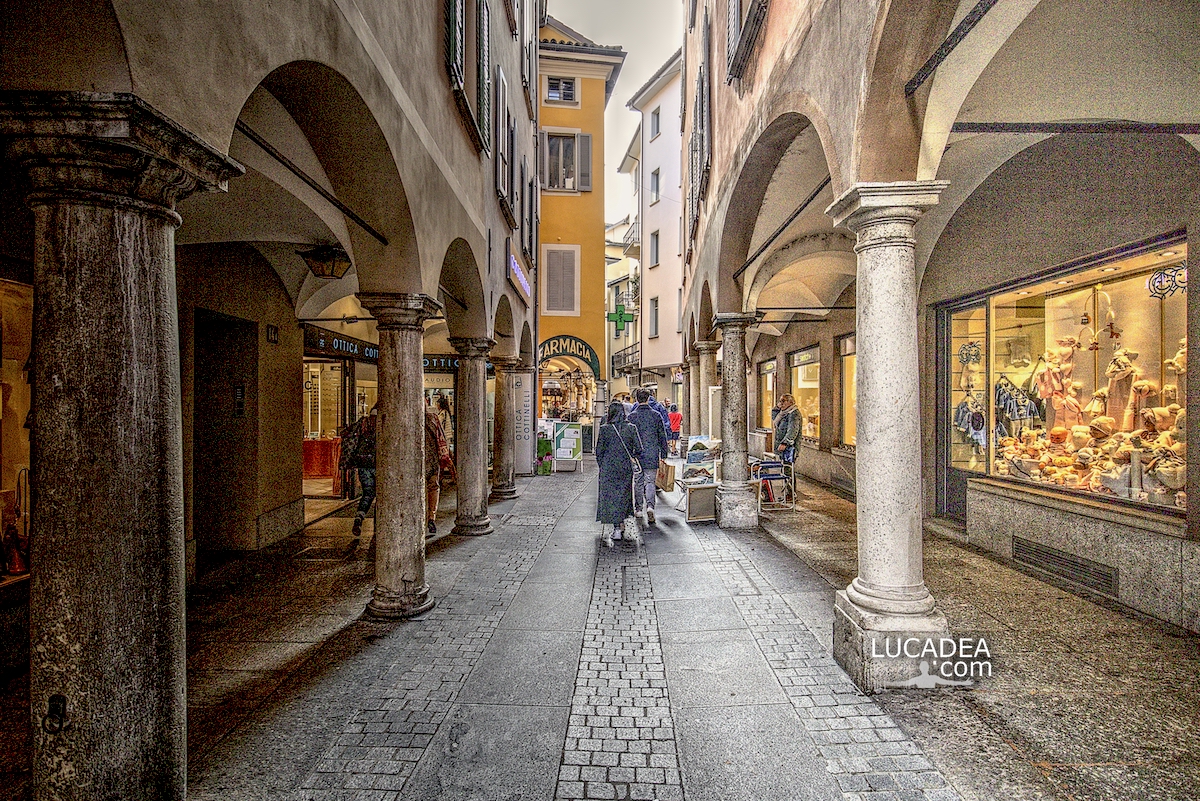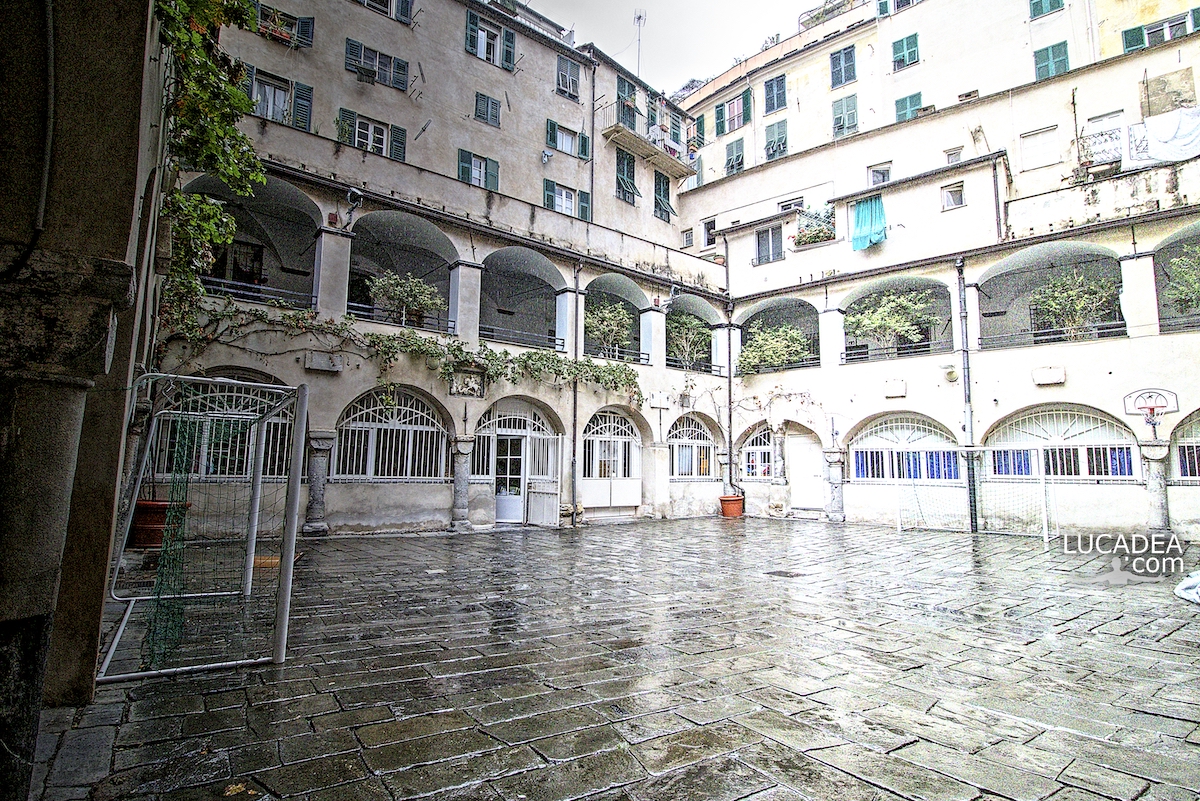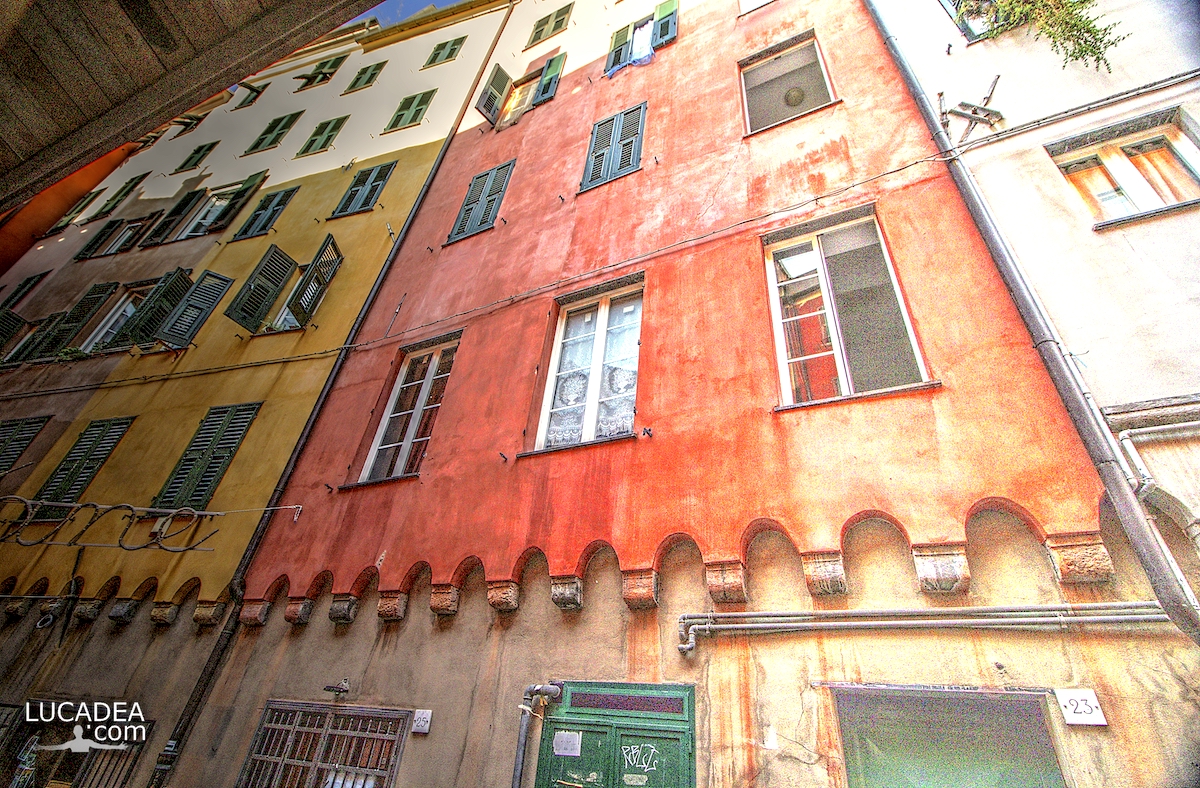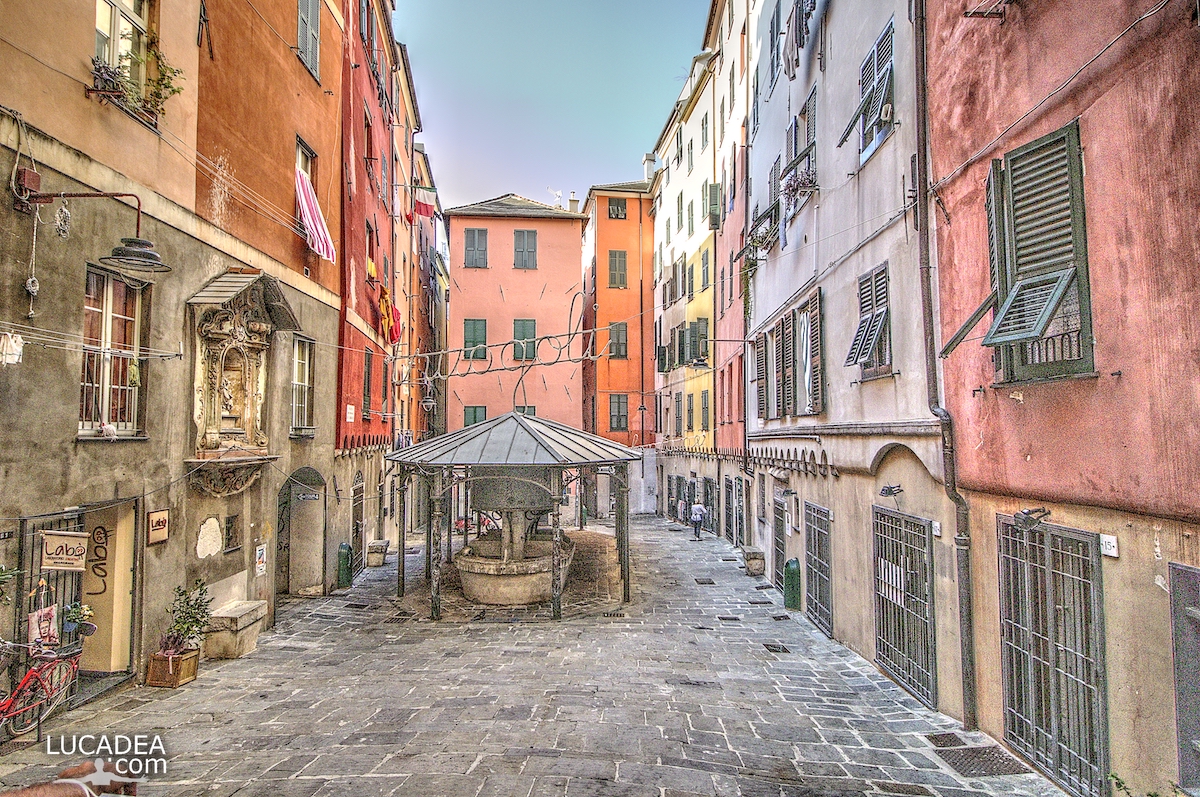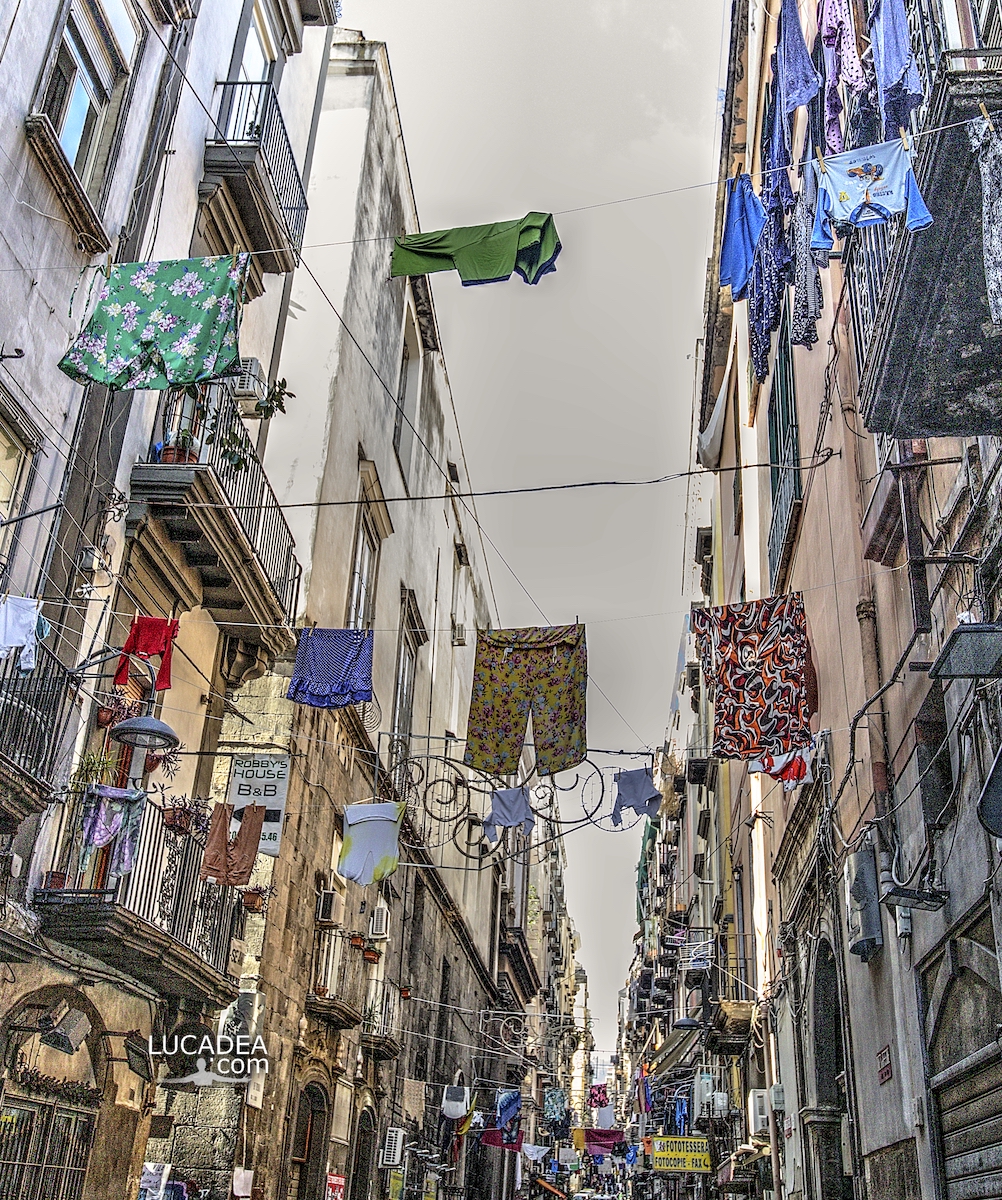A glimpse of Tellaro, a splendid seaside village in Liguria.
One of the Ligurian seaside villages with the most creuze and alleys that I can remember visiting.
In the province of La Spezia and perched on a small promontory overlooking the sea, it has a small labyrinth of stairs, arches and alleys in which it is wonderful to get lost.
Have you ever been to Tellaro? Add a comment or go to the bottom of the site to read what other visitors have written.
Photo taken with Canon EOS M100 and lens Tamron 16-300.
To see the many photos I took in the seaside village of Tellaro click here:

Tellaro is the easternmost hamlet of the municipality of Lerici, in the province of La Spezia. It has been reviewed as one of the most beautiful villages in Italy.
The town is a small seaside village, perched on a cliff overlooking the Gulf of La Spezia. A destination for many Italian and foreign artists, Mario Soldati found a home here during the long years of his old age.
Continue and learn more on Wikipedia

